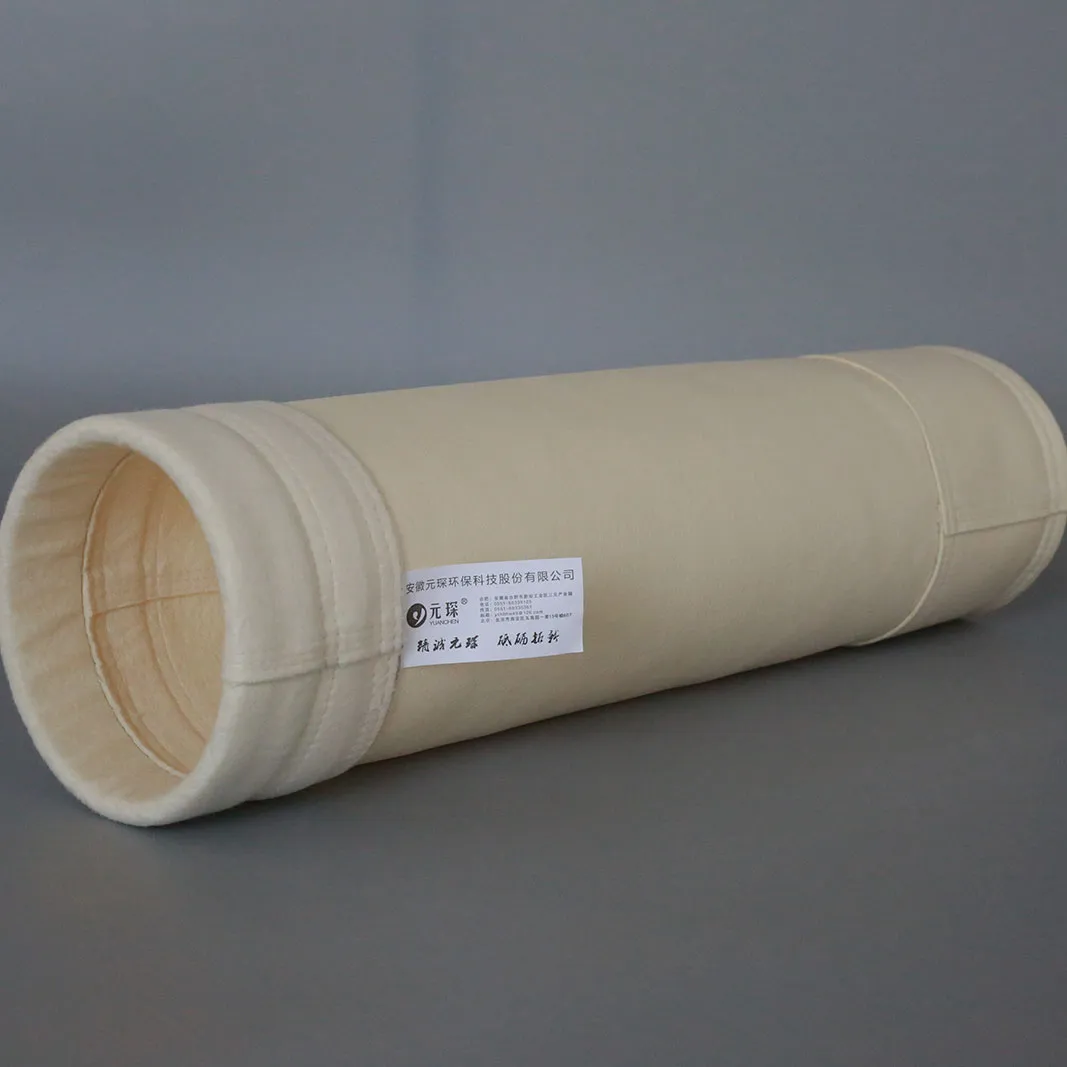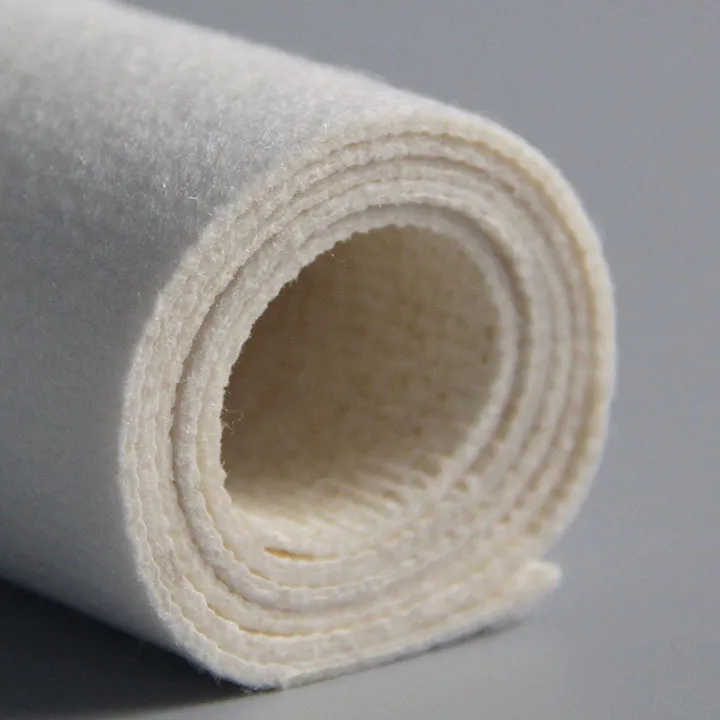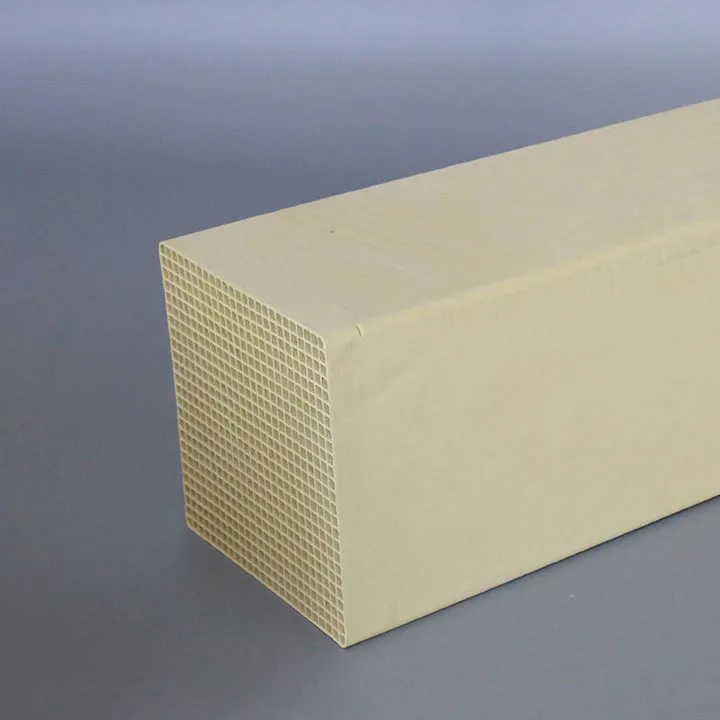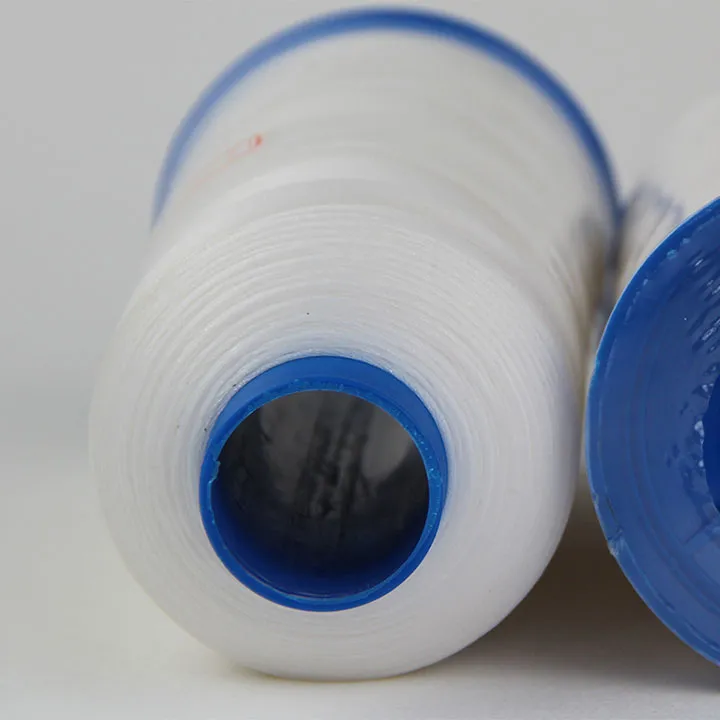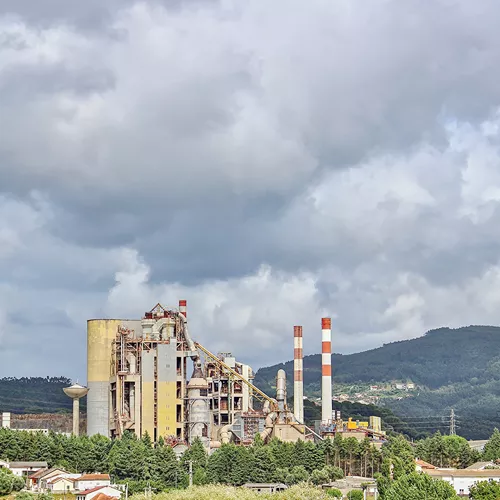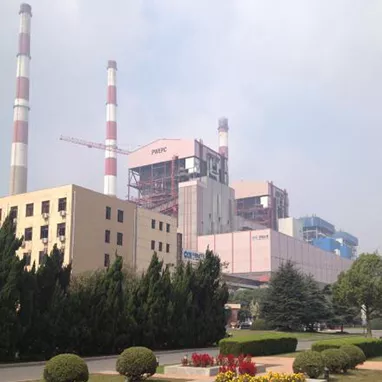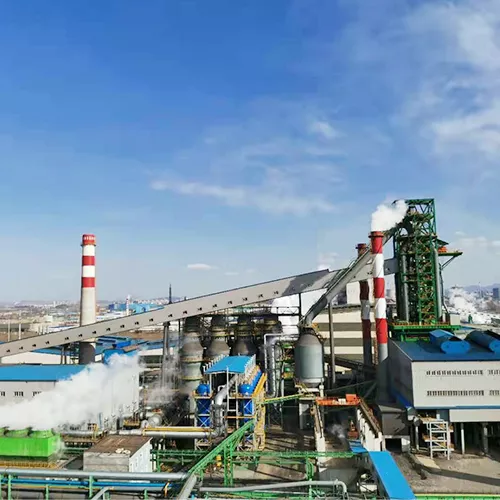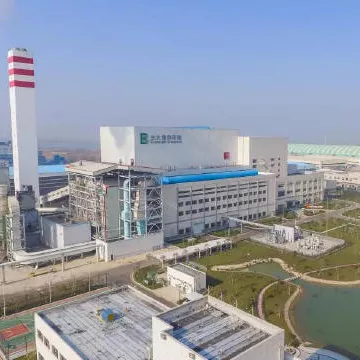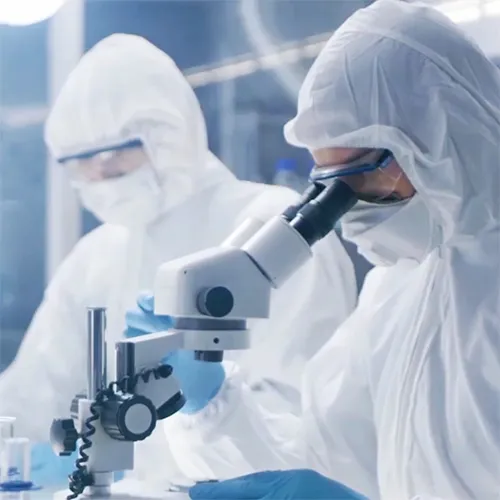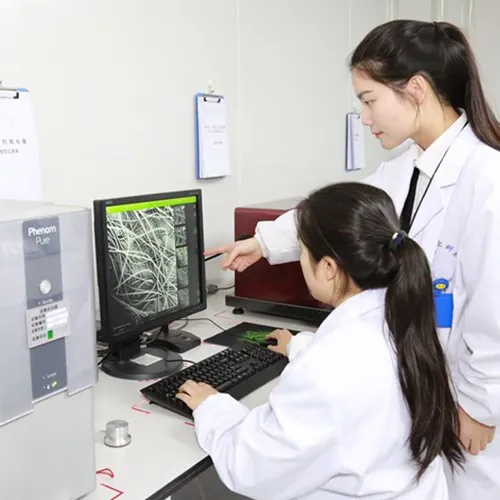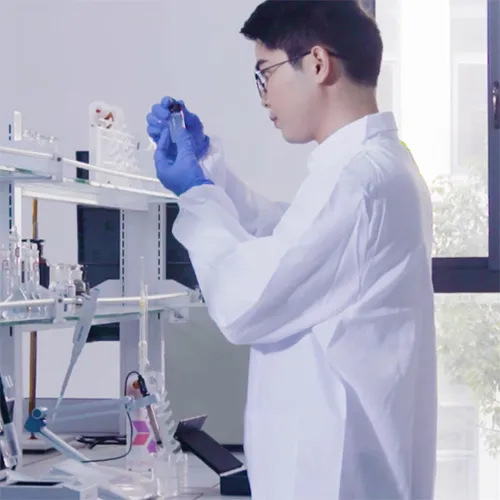SCR Catalyst: The Key Component of Denitration Systems
SCR Catalyst: The Key Component of Denitration Systems

This system is mentally including: reactor, ammonia injection grid, mixing grid, diversion kerb, scr catalyst, ammonia area, soot blower system, control system, online detection system. Among them catalyst is the main key component accounting for about 20%~40% of the total system investment.
Scr denitration system composition
SCR reactor
The reactor is composed of a steel structure reactor shell steel plate and a insulation layer.
The scr catalyst layer in the reactor is usually 2+1 or 3+1, usually vertically arranged with flue gas coming in at the top and coming out at the bottom.
Efficiency of one layer: 50%~60%
Efficiency of second layer: 75%~80%
Efficiency of three layer: 90%
Ammonia injection grid
Ammonia (the mixture of ammonia and air) is sprayed evenly into the flue.
Mixing grid
Mixing ammonia gas and flue gas well.
Diversion kerb grid
The diversion grid makes the flue gas evenly distributed in the reactor. The flow field is uniform the fume volume is uniform at all positions of the scr catalyst plane and the catalyst is fully utilized.
Flue field
A region of space occupied by a moving fluid.The flow field can be simulated by software and physical model.
SCR Catalyst
The scr catalyst layer is composed of catalyst modules, mainly rectangular.
Base bottom size of standard catalyst module is 1910*970mm.
Altitude changes according to actual cases.
For example 130t coal-fired boiler: 12 modules each layer set as 3*4 or 2*6, 3 layers in total. In all, 36 modules. Size of reactor: 4m*6m or 3m*8m. Standard module is 6*12 units.
Ammonia is the place where reductants, such as liquid ammonia, ammonia water and urea, are prepared and stored.
Risk
liquid ammonia, ammonia water, urea.
It will explode when the concentration of the ammonia in the air is 16% ~ 25%
SCR Catalyst types:
* Honeycomb catalyst: More applications, high strength, storm wear resistance.
* Corrugated plate: High specific surface area, weak wear resistance, often applicapped in gas-fired boiler.
* Flat plate: Small specific surface area, large volume in initial setting, often applicated in the high ash condition.
Producing process of SCR catalyst:
Blending:
Mixing all kinds of raw materials into the mixer in proportion. The active ingredient is thoroughly mixed with each other and kneaded into a plastic material that is easy to extrude.
Pre-extrusion:
This process is mainly to filter the larger impurities in the raw materials. And the extruded clay is in the shape of a rectangular parallelopiped, which is convenient for discharging during extrusion.
Extrusion:
According to different design requirements, the honeycomb catalyst body of different wall thickness, different aperture' s diameter and number is extruded by using the corresponding matching mold.
Drying:
It will be last 30 hours. The highest temperature in the kiln is 600℃.
Module assembly:
Combining and packaging scr catalyst monomer into catalyst module.
Flue gas condition
SCR Catalyst is designed according to the flue gas condition including:
# Type of boiler or kill;
# Type of fuel;
# Products of industrial kill;
# Flue gas amount;
# Operating temperature;
# Dust content;
# Dust composition;
# Concentration of NOx;
# Emission requirements;
# SO2 content;
# Oxygen content;
# H2O content.
Characteristics
*Low conversion rate of SO2, SO3, <1%
The higher the conversion rate of SO2/SO3 in the denitrification reactor with high dust arrangement, the more likely the flu air preheater and electrostatic precipitator will be corroded by sulfuric acid.
*Low ammonia escape rate,< 3 ppm
The material ABS generated by the reaction of the excess ammonia and SO2 is very viscous, which will adhere to the surface of the air preheater. affecting its efficiency. The excess ammonia enters the atmosphere, which also will pollute air.
*High mechanical strength
The monomer hardening technology is adopted in the front end of the catalytic unit, the wall thickness is relatively thick, and it is resistant to erosion, abrasion with long service life.


